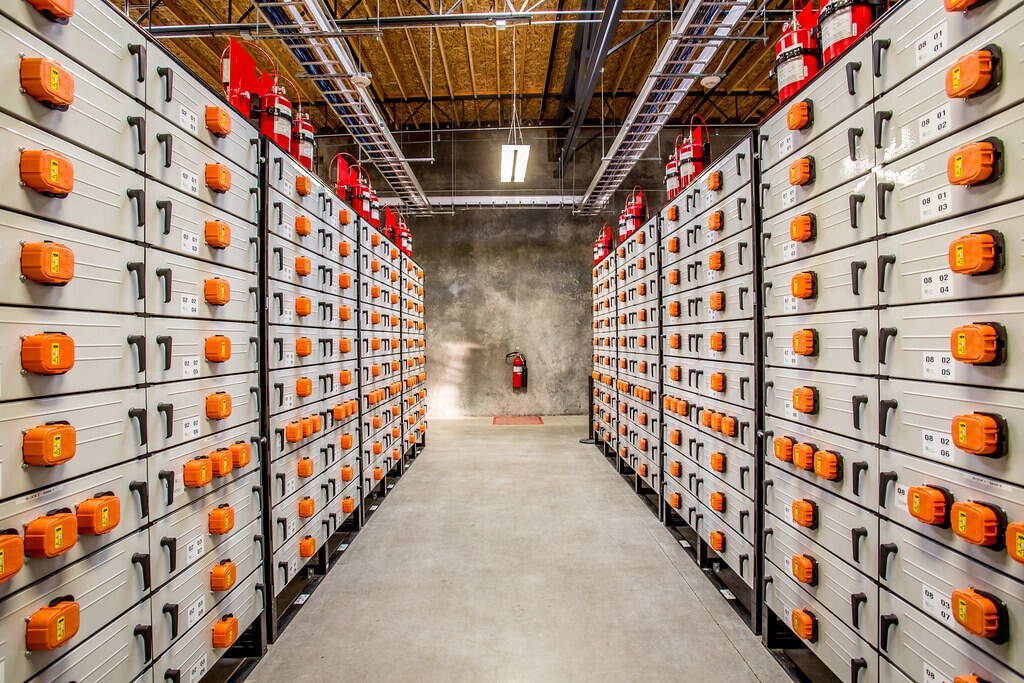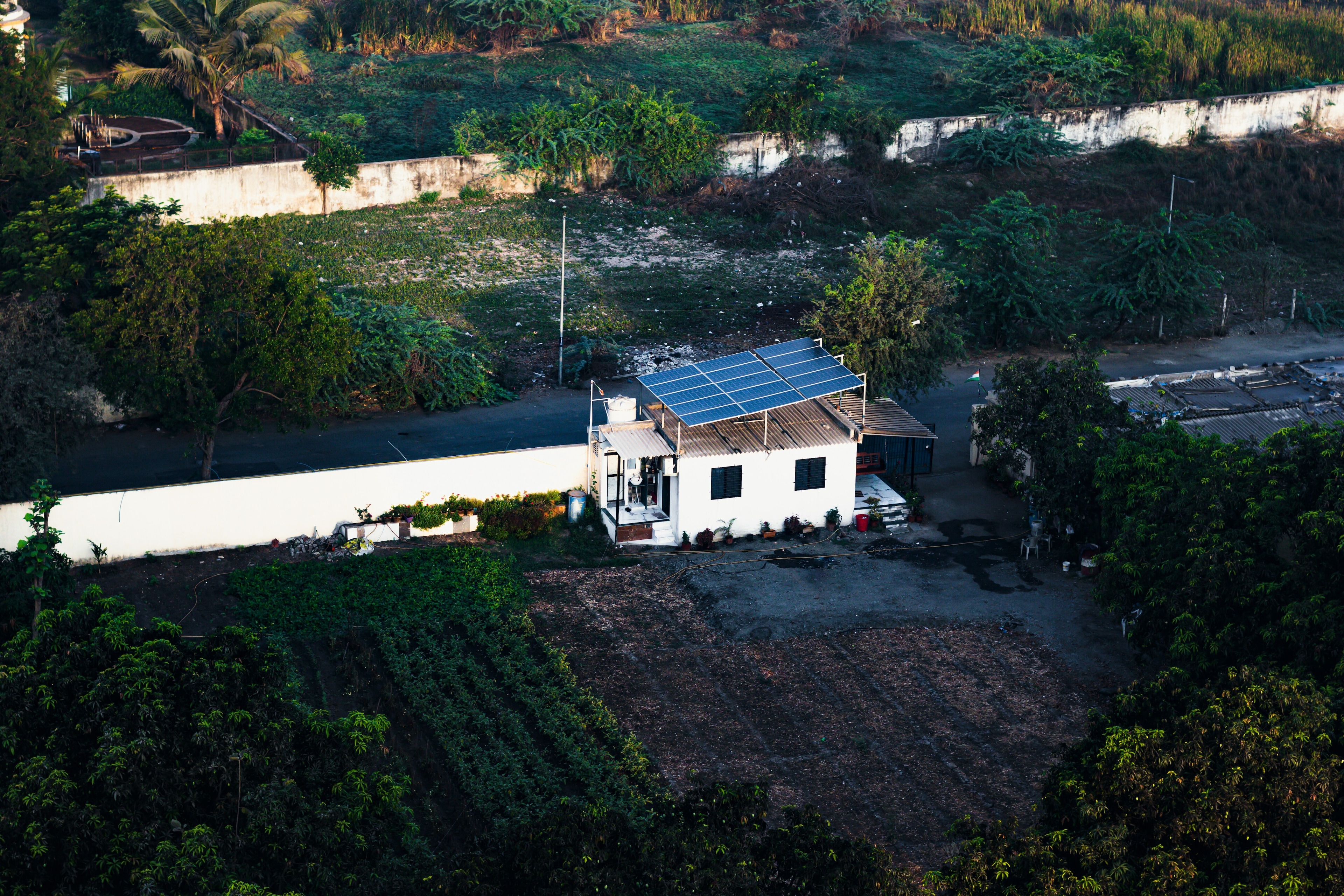How is Dominica trying to become the world’s first climate-resilient nation?

Small island developing nations received four times less finance for climate resilience than least developed countries, as a percentage of GDP. Image: Pexels/Koen Swiers
Emily Wilkinson
Director, Resilient and Sustainable Islands Initiative at the ODI, and Co-director, Caribbean Resilience and Recovery Knowledge Network, University of the West Indies, Mona Campus
Get involved with our crowdsourced digital platform to deliver impact at scale
Stay up to date:
COP28
- Dominica, a small Caribbean island, is taking steps to become the world's first climate-resilient nation.
- The island is highly vulnerable to hurricanes due to its mountainous terrain and steep slopes.
- Dominica is focusing on protecting its natural resources, such as forests and coral reefs, which act as buffers against storms.
- The island is also building resilient infrastructure, such as hurricane-resistant buildings and roads.
When Hurricane Maria struck the eastern Caribbean island of Dominica in 2017, it caused the kind of devastation which is unthinkable to larger countries. The Category 5 hurricane damaged 98% of building roofs and caused US$1.2 billion (£950 million) in damage. Dominica effectively lost 226% of its GDP overnight.
Climate change is increasing the frequency and intensity of extreme weather events in the Caribbean and for small islands such as Dominica (not to be confused with the much larger Dominican Republic) it is an existential threat.
Unlike larger islands like Cuba or Jamaica, a single storm hitting Dominica can damage the entire country – with its mountainous terrain and steep slopes everywhere, most of the country is prone to either landslides or flooding. The topography and small size of the island imposes hard limits on its ability to adapt.
That’s why Dominica ranked 11th most at risk out of 150 countries in the 2021 Global Climate Risk Index, based on an analysis of extreme weather between 2000 and 2019.

Reeling from Hurricane Maria, the island’s prime minister Roosevelt Skerrit set the bold ambition of becoming the first climate-resilient nation. In Dominica’s case, this means being able to handle more intense hurricanes and more frequent flooding.
There was no “climate blueprint” to pick up and follow – it had to be created from scratch. Dominica developed a clear set of targets and a roadmap, combining everything from building design to nature-based power sources and climate resilient crop systems.
I am a climate resilience researcher with particular expertise in small island developing states. Over the years I have worked with Pacific islands threatened by rising seas and Caribbean countries devastated by hurricanes.
In 2019, I was brought in to serve as an adviser to Dominica’s newly established climate resilience agency. I helped draft the country’s climate resilience plan and in early 2023 went back to film a documentary Climate Blueprint: Dominica.
In the film, some of the architects of the country’s climate resilience strategy explain how Dominica is building back better and stronger in the aftermath of Hurricane Maria. They reveal four critical principles.
Buy-in from everyone
Government must work across silos and no single agency or department can be responsible for building resilience. It is about agriculture, housing, roads and critically – because Dominica has more than 300 rivers – bridges.
It’s thinking about how and where infrastructure is built in relation to slopes, rivers and the sea. It’s also about education and buy in, to ensure island residents can effectively play their part.
The country has 20 targets for resilience by 2030, including an aim for all communities to be self-sufficient for 14 days following a disaster. The aim is for 90% of all housing to be built or retrofitted to comply with resilient building codes.
What’s the World Economic Forum doing about climate change?
Natural resources are key
About two thirds of Dominica is covered in natural vegetation and forest. These plants, and the coral reefs surrounding the island, provide a critical buffer against winds and waves and so need to be protected.
This is part of the resilience plan, which increases protected forest areas and maintains healthy coral reefs around the island through monitoring, restoration, sustainable fishing and by reducing runoff of pesticides from agriculture into the sea.
Dominica’s natural assets can also fuel its growth – literally. Dominica aims to become carbon neutral through 100% domestic renewable energy production, which includes investment in a geothermal plant that will produce enough energy to export to neighbouring Guadeloupe and Martinique.

Learn from history and indigenous practices
The plantation economy imposed on Dominica under British rule – which focused on one crop after another (sugar, cocoa, limes, then bananas) – was not well suited to the country’s difficult terrain and frequency of economic and environmental shocks. Each crop failed, wiped out by hurricanes, disease and global food price rises.
Yet Dominica also has the Caribbean’s largest remaining indigenous community, and the Kalinago people have farming practices that combine crop diversification with planting methods that help stabilise slopes.
Applying lessons from history and indigenous practices is key to building resilience in Dominica and a priority for environment minister Cozier Frederick, himself of Kalinago descent.

A collective voice with other islands
Dominica’s climate blueprint should be seen as an opportunity for donors and development partners to support a vision that already exists. But there is geopolitics at play here as well.
Rich nations have yet to fulfil the goal of US$100 billion in climate finance for poorer nations. Analysis colleagues and I carried out for the think tank ODI found that small island developing nations received four times less finance for climate resilience than least developed countries, as a percentage of GDP. Nations like Dominica have found it a huge challenge to navigate bureaucracies to access this vital finance.
That’s why Caribbean heads of state are increasingly finding their voice on the wider global financial system, with Barbados prime minister Mia Mottley spearheading the Bridgetown Initiative, a set of financial reforms which would benefit highly indebted and climate-vulnerable Caribbean states and other developing countries.
Barbados’s leadership on finance and Dominica’s resilience story together show how small islands can have an outsized impact by taking leadership on the climate crisis.
As Skerrit, the Dominica prime minister, said in a 2017 address to the UN: “We as a country and as a region did not start this war against nature. We did not provoke it. The war has come to us. […] We are in shock, but we will rise, because Dominican people are strong. Because Caribbean people are resilient.”
Don't miss any update on this topic
Create a free account and access your personalized content collection with our latest publications and analyses.
License and Republishing
World Economic Forum articles may be republished in accordance with the Creative Commons Attribution-NonCommercial-NoDerivatives 4.0 International Public License, and in accordance with our Terms of Use.
The views expressed in this article are those of the author alone and not the World Economic Forum.
Related topics:
The Agenda Weekly
A weekly update of the most important issues driving the global agenda
You can unsubscribe at any time using the link in our emails. For more details, review our privacy policy.
More on Climate ActionSee all
Prasad Thakur and Labanya Prakash Jena
May 10, 2024
Jennifer Rosen
May 10, 2024
Flora McCrone and Jemilah Mahmood
May 9, 2024
Angeli Mehta
May 8, 2024
Sha Song
May 8, 2024
Simon Torkington
May 8, 2024






